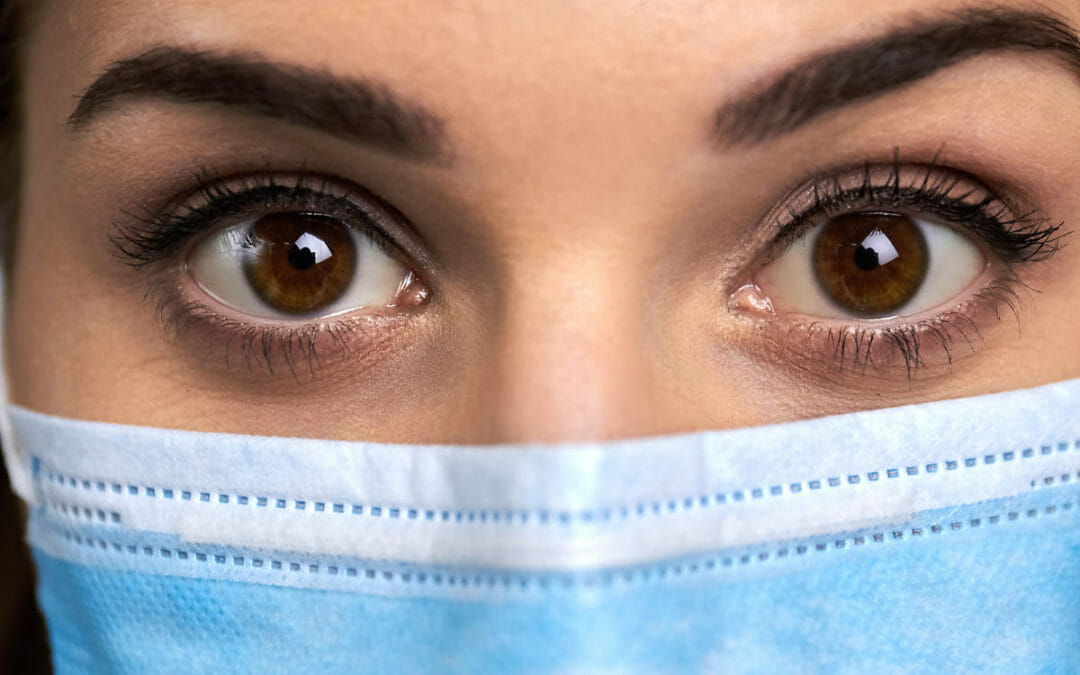Dry eye disease is a genetic condition that can run in families. Common causes in women are pregnancy and menopause. Some medications can increase the likelihood of dry eyes. These should be disclosed to your healthcare provider. Other factors that may cause dry eyes include certain systemic diseases and age. A doctor may prescribe a treatment plan to a patient and may recommend medications to decrease the risk of dry eye. These conditions can make your eyes dry and cause a decrease in tear production.

Symptoms
Dry eye symptoms include itchy, scratchy, and gritty sensations. You might also notice mucusy strings around your eyes. Your eyes may be red and have a whitish tinge. Dry eyes can also occur from high altitudes, smoking, and increased concentration. People with this condition may also experience dry eyes when they rub their eyes. If you notice that your symptoms are getting worse, you might want to consult a doctor.
Causes
Blepharitis is another cause of dry eye. This is caused by inflammation of oil glands in your eyes. This prevents oil from being secreted to the eye properly, which causes rapid evaporation. This is caused due to a lack of oil in the meibomian glands. The oil glands may be blocked by flaky or irritated skin. If you have a vitamin D deficiency, you may also experience dry eye syndrome.
A doctor can diagnose dry eye syndrome by injecting an innocuous drop of medication into each eye to examine it. The doctor can also examine the cells for signs and symptoms of damage. Dry eye syndrome is characterized by the presence of devitalized epithelial cells. If this is the case it is important to see an eye doctor as soon as possible. The sooner you start treatment, the better.
Get an Eye Examination
A comprehensive eye exam is necessary to diagnose dry eye. The eye doctor will ask about your health history and examine the eyes. The doctor will also examine the eye for dry areas. The doctor may recommend nutritional supplements to help treat dry eyes. Some medications can also make it worse. These options may not be appropriate for everyone. Some of them may cause additional problems, like glaucoma.
Dry eye syndrome must be treated immediately. Some treatments may increase the number of tears in your eyes. Others will treat the condition. Your doctor may prescribe antibiotics if you have symptoms of a bacterial infection. The best way to treat dry vision is to see an eye doctor. You will need to see your doctor as soon as possible, as your eye health is important for your life.
Dry eye treatment can treat many symptoms. There are many prescription drops on the market that can help with dry eyes. Artificial tears can also be used to reduce inflammation. As a result, these drops can be beneficial for your eyes. You can also purchase preservative-free artificial drops. You might have to use them more frequently than once an hour. If you experience it often, you may need to apply a stronger artificial eye gel or ointment.
There are other options. Your doctor might perform surgery to correct your eyelids if they are too rounded. If you can’t get relief from this type of treatment, your doctor can insert a special contact lens device. This device is placed on the conjunctiva and rises above your cornea. This allows more fluid to be deposited onto the cornea. You can fix this by putting your eyes in the same place as the one you used for the lenses.
It may occur when your eyelids stop producing enough tears. It can lead to more dirt tears, which can make your eyes become watery. Watery eyes may occur when your eyes are too dry. If your eyes aren’t producing enough tears, you may notice some of these symptoms. This is because your tears are not being produced properly. Hence, the condition is often exacerbated by other causes.




